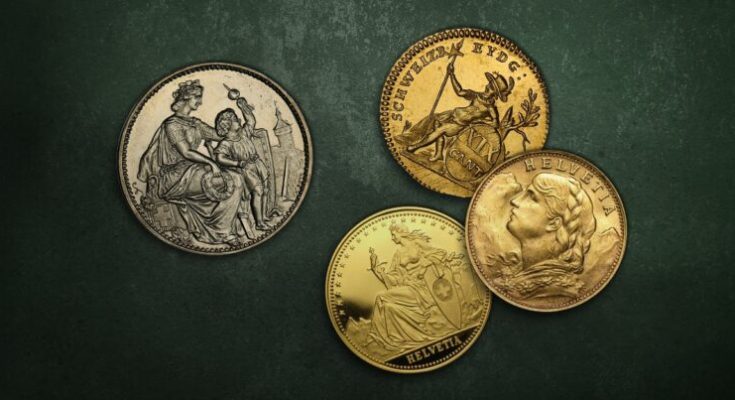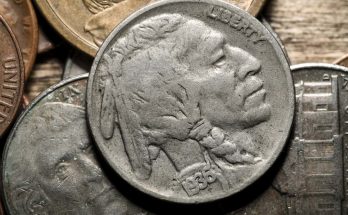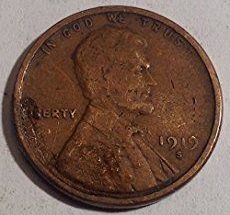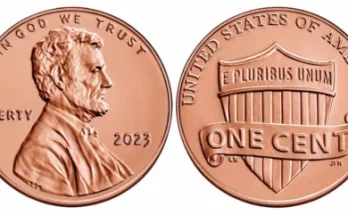For many years, the official currency of Switzerland did not exist. There were over 70 different types of legal tender, many of which had multiple values and denominations. This was due to each ruling body issuing its version of legal currency, private banks having their notes, and tradespeople bringing in foreign tender.
In 1848, the Federal Government granted itself the right to mint to tackle the problem. Still, over 80% of the country’s currency was from France, Italy, and Belgium. In 1849, Switzerland adopted the French “franc” as its singular currency, as it had been used since 1795. However, this was temporary, as the Swiss franc would be adopted as the new national currency 67 years later. The confusing and tedious process of purchasing items in Switzerland with the various types of currency was finally resolved with the signing of the Federal Coinage Act and Monetary Reform in 1850. Switzerland allowed foreign currency to be used until 1865, when it signed a Latin Monetary Union (LMU) with France and Belgium. This allowed the three countries to mint and circulate their currency as an initial step toward a universal monetary system, which continued until 1936.
The Mint
The Federal Mint of Switzerland, also known as the Swissmint, Bern Mint, or simply “the Mint,” began operating out of an old mint in Bern as the country’s official mint in 1890. After its major remodel in 1906, Switzerland declared the building of national historical significance.
At the height of silver and gold coin production among the LMU, Europe entered the Great Depression, which caused the Swiss franc to drop sharply in value—so much so that it nearly lost its status as legal tender!
Later, in 1967, lower-valued silver coins were pulled out of circulation because minting them had become more expensive than their face value. Because of this, Switzerland prohibited the export of silver coins in 1968.
To combat this issue, the Federal Council of Switzerland decided that all coins bearing the denominations of 5, 2, 1, and ½ were to be now made of a copper-nickel alloy called “cupronickel.”
The Helvetia Coins

In 1896, the Helvetia coins were authorized to begin production the following year. Bearing the bust of a young woman named Confoederatio Helvetica, or “Helvetia” for short, Lady Liberty of America inspired these “Swiss Miss” coins. Only available in gold, these exclusive coins quickly became the most popular coin to collect from the Swissmint and remain one of the world’s most sought-after acquisitions in the precious metals industry.
The Helvetia coins were struck yearly in several denominations until 1936, when their legal tender status was removed. A few restrikes were issued in 1947 and 1949. Today, the Helvetia coin remains one of the world’s most popular pre-1933 European gold coins, particularly the 20-franc version.
Other Swissmint Coins
Because of the complicated nature of Switzerland’s early currency, there are many different Swiss francs and coins that collectors enjoy finding.
Shooting Thalers

The 5 franc Silver Shooting Thaler coins issued in 1865 from the Shooting Festival in Schaffhausen are nicknamed “Shooting Thalers.” They are popular among collectors for their limited mintage and reasonable price.
Swiss Cantons

Most Swiss Cantons made by the Bern Canton mint in the mid-19th century were made in multiple denominations. These were some of the many coins circulated before the reform in 1850 and came in various designs.



